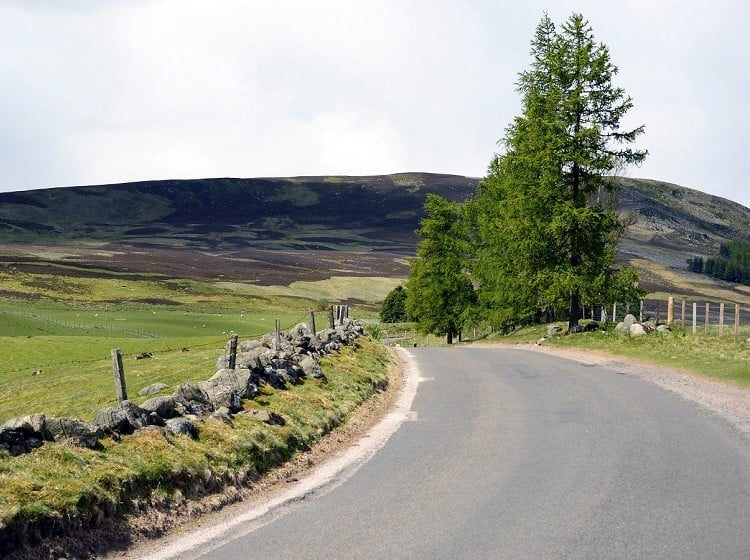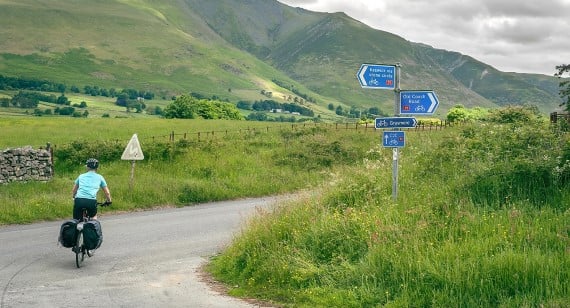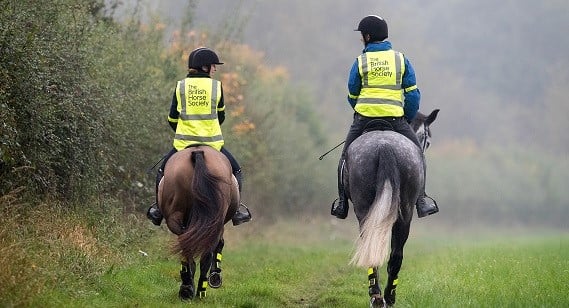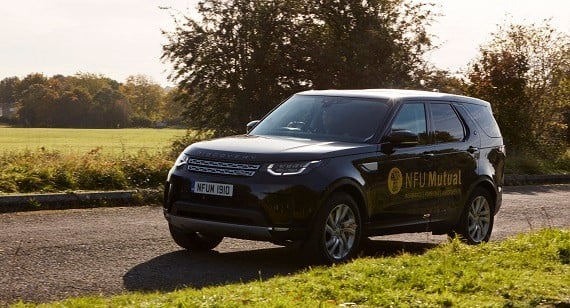Rural Road Safety Advice for Runners and Walkers
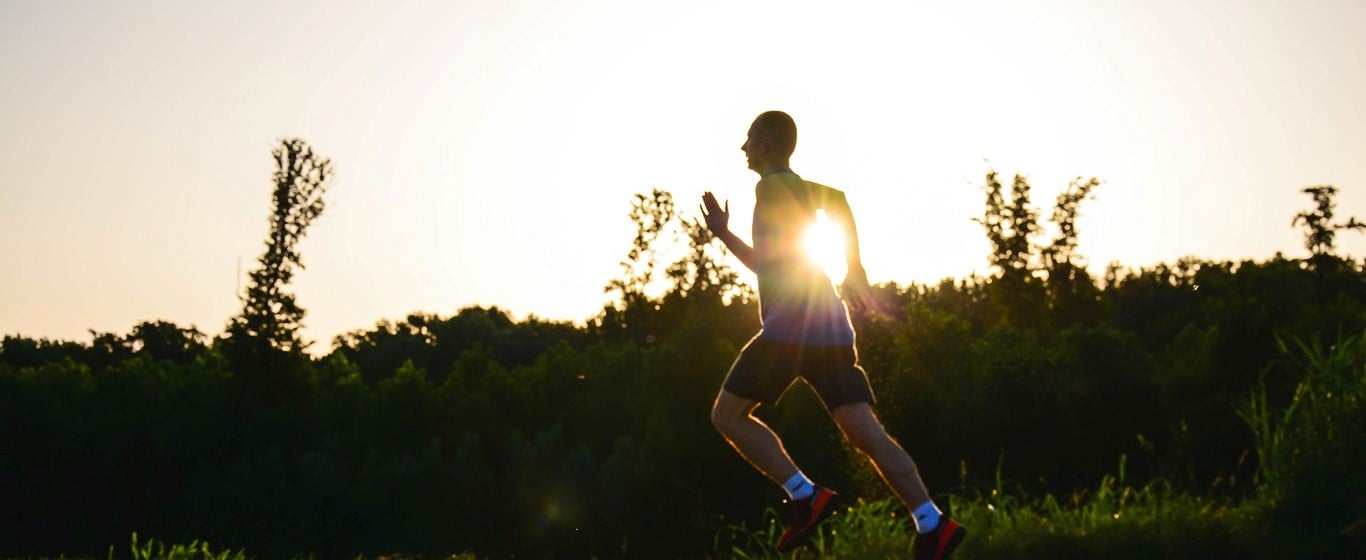
Exercising in the countryside can be exhilarating; the fresh air, peace and quiet and beautiful scenery can all help inspire you to keep moving and benefit your mental health too.
However, before you lace up your trainers or walking boots and prepare to embrace the elements, it’s important to consider your safety.
- Share your location – make sure a friend or family member knows your running route and what time you expect to be home. If you own a smart phone, an easy way to do this is to share your location. Simply click on the chosen individual’s name in your contacts and you should see an option to ‘Share My Location’. If this isn’t an option on your phone, send a message to a friend or family member to tell them your route and when you're leaving, and don’t forget to let them know when you’ve arrived home safely.
- Enjoy being in nature – whilst listening to music, podcasts and audiobooks can help to motivate and keep you moving, going without headphones is often the safest option when you’re exercising in the countryside. If you’re running or walking anywhere secluded, without footpaths or using narrow roads, it’s important that you can hear what’s going on around you.
- Be seen – making yourself as visible as possible is key. Bright, high vis, reflective clothing should be a staple in your exercise kit – especially as the winter weather draws in. If you’re exercising in the dark, a head torch is essential to help you see and be seen. And don’t forget your four-legged friend – if you’re accompanied by your dog whilst walking or running, a reflective dog lead and harness is a must.
- Try to use routes with pedestrian access – it goes without saying that if your route has a footpath then you should use it. However, many rural roads don’t have pavements or footways, so it’s important to walk or run single file on the right-hand side of the road so that you can see oncoming traffic. The exception to this rule is when you approach a blind bend. Here you’ll need to cross the road to ensure that motorists and other road users can see you clearly. Remember, you have priority when waiting to cross or crossing at a junction.
- Plan your route – it’s safer to know where you’ll be running to so that you can prepare for some of the rural hazards you may encounter. You’ll also have a rough idea about when you’re likely to reach home. Make sure you have a mobile phone with you to help map your location and get you home, if you become lost. You can also use it to call for help if needed.
